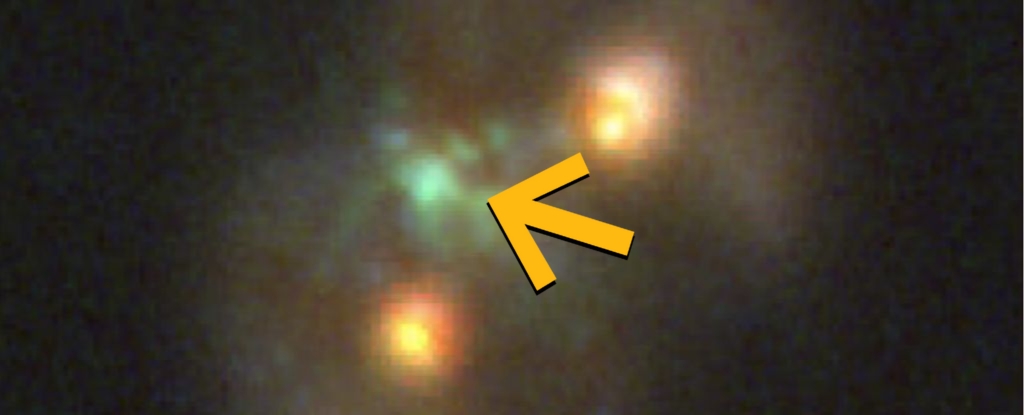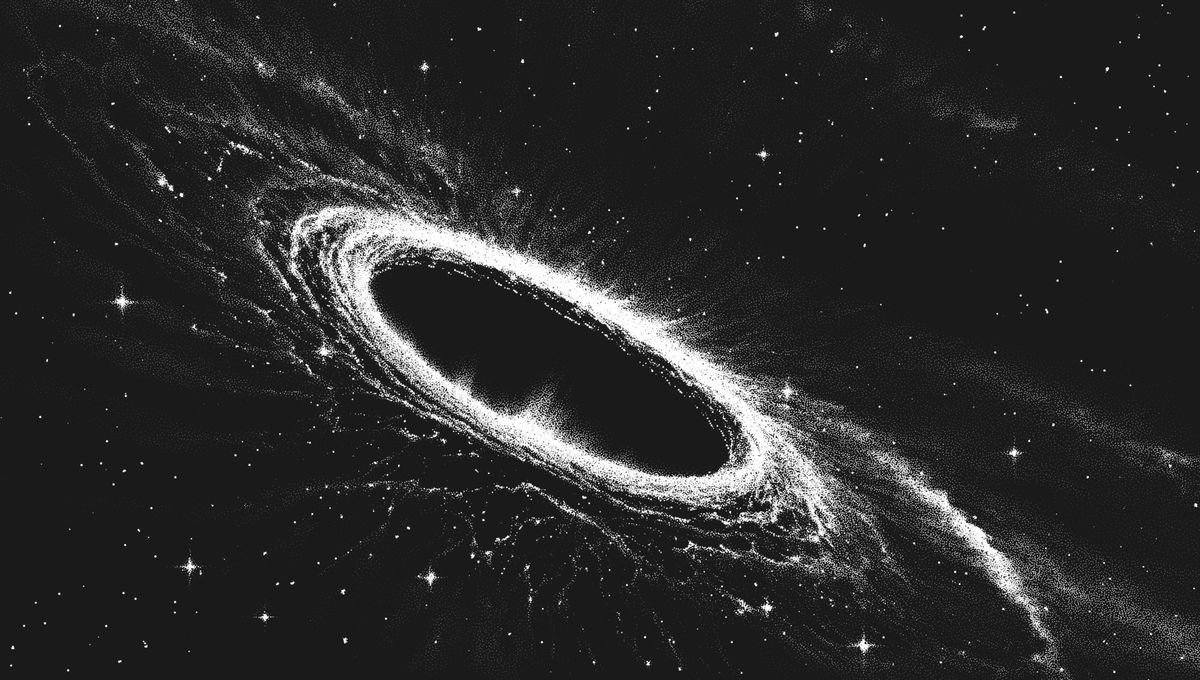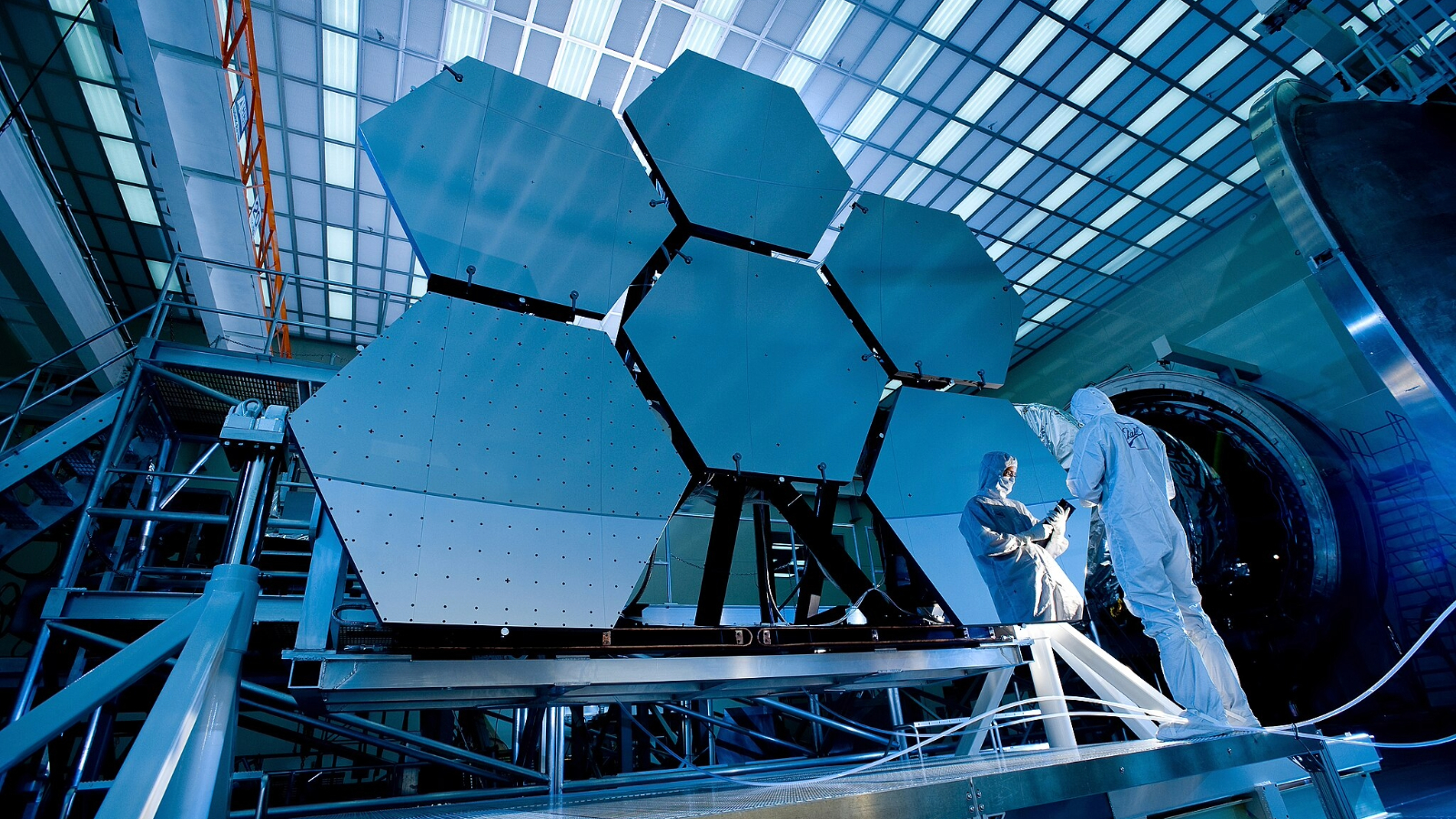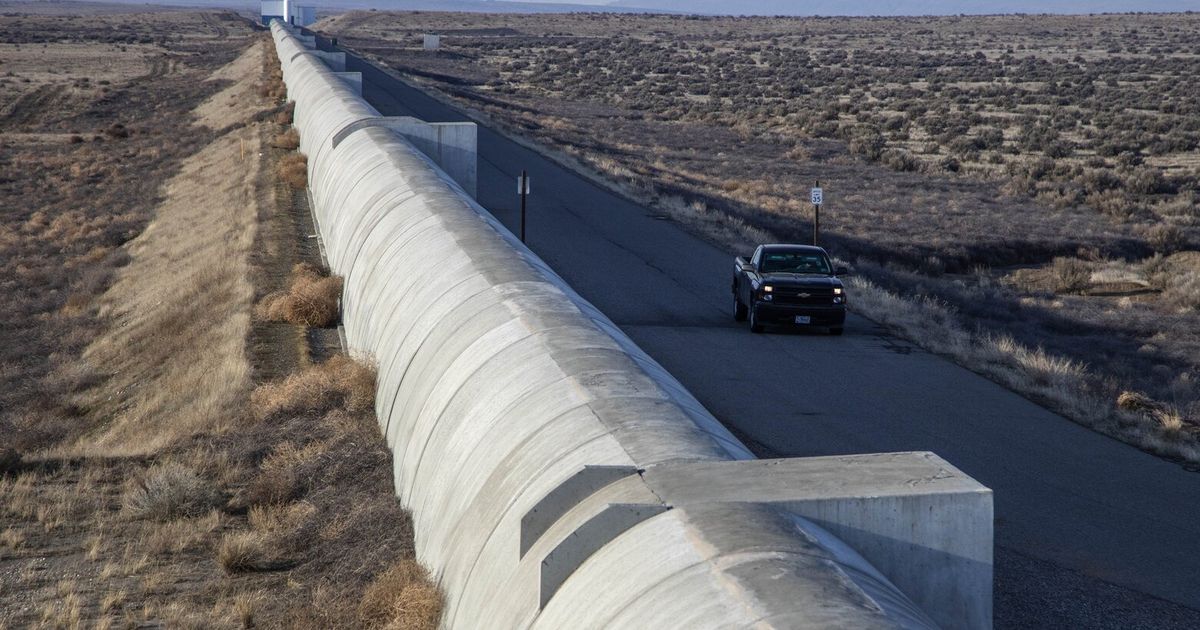T4K3.news
Astronomers capture birth of supermassive black hole
A team led by Yale has captured what may be the first image of a supermassive black hole's birth.

Astronomers capture what may be the birth of a supermassive black hole for the first time.
Discovery of early supermassive black hole offers fresh insight
A new image captured by the James Webb Space Telescope suggests that astronomers may have observed the birth of a supermassive black hole. This unprecedented event occurred in a pair of colliding galaxies, which have been named "Infinity." The discovery was made by a Yale-led team, who noted that three supermassive black holes were detected among the galaxies. They learned that one black hole was forming in a unique location, not at the galaxy's center, but at the point of collision. This potentially supports the "heavy seeds" theory, suggesting that extreme gas collapses can create supermassive black holes.
Key Takeaways
"We think we're witnessing the birth of a supermassive black hole - something that has never been seen before."
Pieter van Dokkum highlights the significance of the discovery.
"The Infinity galaxy could support the 'heavy seeds' theory by showing how, in extreme conditions, a gas collapse could create a black hole."
This statement illustrates how the findings may influence current theories on black hole formation.
This groundbreaking observation poses significant implications for our understanding of black hole formation. The image not only sheds light on how these giants may emerge in the universe but also challenges existing theories regarding their origins. As researchers explore the findings, it could pave the way for new models of cosmic evolution and deepen our understanding of galaxy formation and dynamics, highlighting the complexities of the universe.
Highlights
- Witnessing the birth of something extraordinary changes our cosmic perspective.
- This discovery may redefine our understanding of black hole formation.
- An unprecedented moment in astronomy awaits us among the stars.
- Capturing a rare cosmic event invites us to rethink our galactic history.
Significant implications for space science
The discovery challenges existing theories on black hole formation and could prompt new research directions in astronomy.
The implications of this discovery could reshape our cosmic understanding.
Enjoyed this? Let your friends know!
Related News

Astronomers capture first evidence of supermassive black hole formation

Discovery of Possible Supermassive Black Hole Formation

Astronomers observe second flare from same black hole

New Study Suggests Universe May Be Inside Black Hole

James Webb Space Telescope unveils ancient galaxies

NASA's Webb Telescope Observes New Solar System

LIGO makes significant black hole discovery amid budget cuts

Astronomers Capture First Signs of Planet Formation
